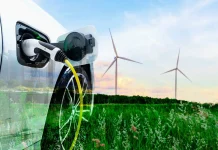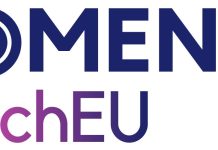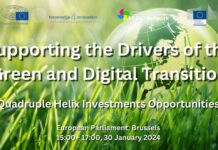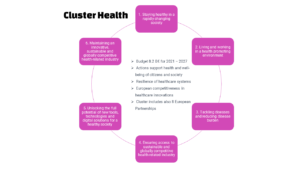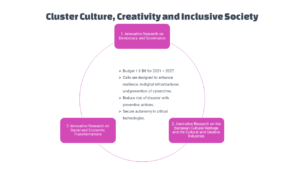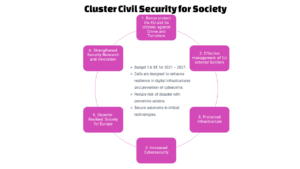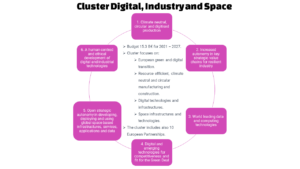The Horizon Europe is the EU’s research and framework programme for the years 2021–2027. It is the largest transnational research and innovation programme with the budget of EUR 95.5 billion. The programme is designed to support European competitiveness by creating new growth and jobs based on scientific knowledge and technological development which tackle societal challenges and help to sustain European socio-economic models and values.
To those who are familiar with the previous Horizon 2020 programme will quite easily gain understanding of the Horizon Europe programme as well. Most changes to that are fairly simple reorganizations to streamline the programme, reinforce Horizon 2020’s strengths and improve its weaknesses.
What does this mean for me? The program’s grant opportunities are advertised through calls for proposals.
The call for proposal includes all the information needed to submit a proposal and therefore it should be read with extreme care.The nature of calls for proposals is a bit similar to calls for tenders. The idea is to ensure that your project matches with the requirements of the the call.
The programme is built on three Pillars as described below.
What does this mean for me? The pillars define the different types of projects that will be funded. They also define the topics and the share of funding for each Pillar. The rest is innovation policy and not so relevant from a company’s point of view.
Pillar I – Excellent science
– Pillar I is mainly designed for research organisations.
– Funding focuses on highest quality research in all fields to generate new knowledge information.
– ERC offers single beneficiary funding for basic research.
– MSCA supports researcher mobility. Funding also for companies to hire researchers.
– Large high quality research infrastructures can be benefitted for example in testing phases of development.
Pillar II – Global challenges and European Industrial Competitiveness
– The second pillar is the most relevant for industry. It supports cross-European collaborative research and innovation projects where both industry and academia can be involved.
– The Pillar is divided into six thematically defined clusters and EU’s Joint Research Centre which supports EU’s R&I policy.
– The Pillar includes also funding from European Partnerships.
Pillar III – Innovative Europe
– The cluster brings together actors across Europe to build European innovation ecosystems and enhance interaction.
– Support for commercialization of research results.
– EIC is divide to three parts:
1) EIC Pathfinder supports collaborative research
2) EIC Transition supports commercialization plans for potential technologies.
3) EIC Accelerator supports scaling up and commercialization of SMEs.
– EIT are part of the portfolio of European Partnership but they are also part of European innovation ecosystems. EIT KICs (Knowledge and Innovation Communities) bring together know-how in their sectors.
click on the photo

Pillar II consists of six clusters as described below. When browsing the website to look for interesting funding calls, you might not even know the cluster under which the funding comes from. In overall, the content of the clusters is defined by general innovation policy – if you want to get funding, your innovation project needs to solve some parts of the global challenges and/or enhance the European Industrial Competitiveness.
click on the photos
European Partnerships of Pillar II
The different clusters are planning to launch 8-10 public-private partnerships as displayed below. Approximately half of the funding in Pillar II are given to public- private partnerships (PPPs). PPPs are, in most cases, industry associations that are formed to define what kind of priorities should be funded. Keep in mind that the idea of partnerships is to develop a shared long-term vision and to co-invest in solutions.
click on the photo
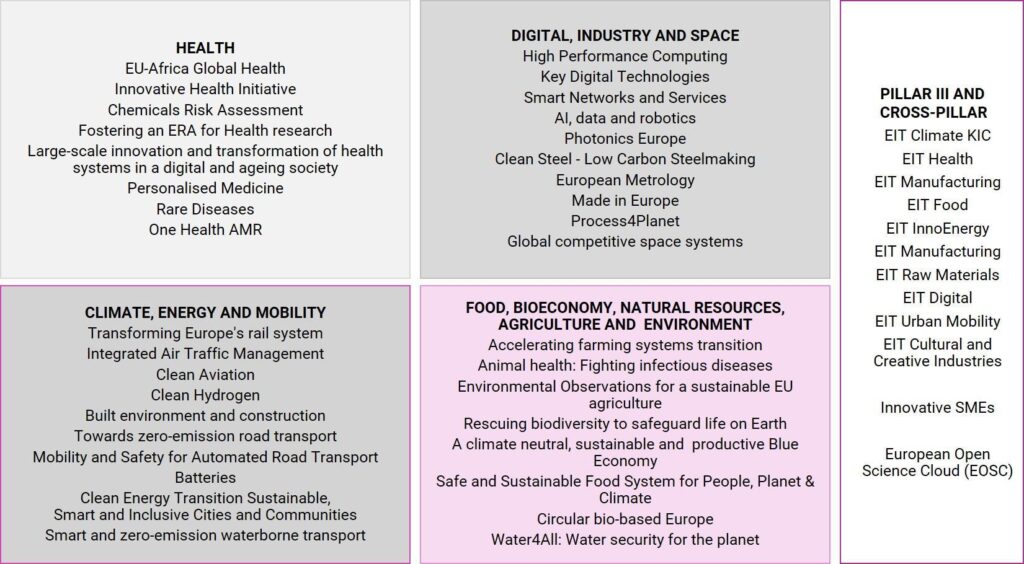
What does this mean for me? If you are interested in taking a strategic position to EU funding, you should look at the different partnerships: Consider the one(s) most relevant for you and if you should join the partnership. If your answer is yes, you can be influencing the funding priorities together with other companies in the partnership. If your answer is no, in most cases you can still apply for the funding, and the funding calls are advertised in the same way as any other call for proposals.
To make it a bit more complicated, there are three different kind of partnerships:
click on the photo

What does this mean for me?
Co-programmed partnerships influence the topics of the Horizon Europe work programs. No own money to distribute.
Co-funded partnerships influence the topics of the Horizon Europe work programs but also top-on with National funding. No own money to distribute.
Institutionalized partnerships are given a budget and more freedom to define the areas they fund. In most cases, they run their own funding calls. Nevertheless, these can be found with the software tools and once again you may not notice the difference.






